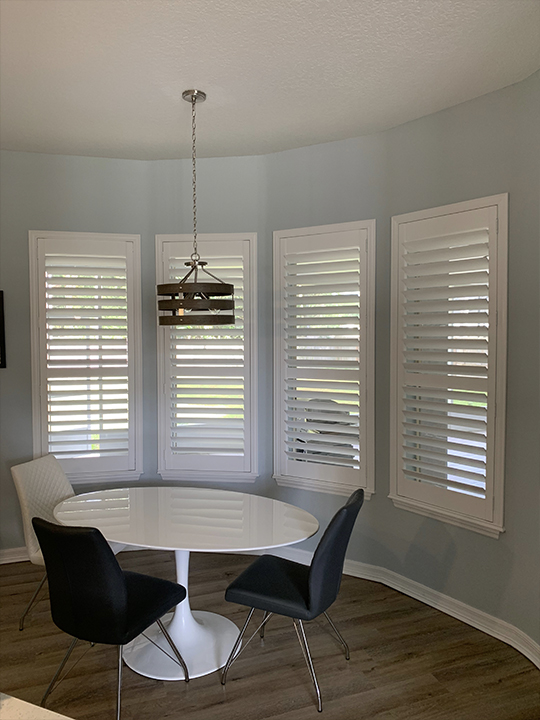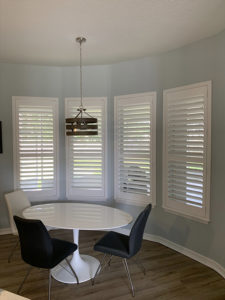
 There are little to no people who go about their lives without having blinds or curtains in their home furnishing their windows. Traditionally, blinds and curtains have been used in homes for a few hundred years, so there is no question why they are so popular and why they are still the number one choice among homeowners, but nowadays, there are many more ways to furnish windows than with traditional window shutter blinds. Tampa residents may want to consider upgrading their window furnishings for different reasons. Sometimes a person is getting ready to put their house on the market, or they are looking to change their home decor. There is no right reason for someone to be interested in alternative window furnishing options for their home.
There are little to no people who go about their lives without having blinds or curtains in their home furnishing their windows. Traditionally, blinds and curtains have been used in homes for a few hundred years, so there is no question why they are so popular and why they are still the number one choice among homeowners, but nowadays, there are many more ways to furnish windows than with traditional window shutter blinds. Tampa residents may want to consider upgrading their window furnishings for different reasons. Sometimes a person is getting ready to put their house on the market, or they are looking to change their home decor. There is no right reason for someone to be interested in alternative window furnishing options for their home.
What are Window Shutters?
Apart from traditional window shutter blinds, Tampa residents might have heard about other window furnishings known as window shutters. Window shutters come in many configurations and designs, and they are no longer being exclusively put on the outsides of homes. Today, it is much more common to see window shutters used on the inside of a home as opposed to the outside of a home. There are many ways that homeowners can benefit from window shutters, such as how they can help homeowners save on monthly energy bills.
What are Plantation Shutters?
Plantation shutters are associated with window shutters that people might be interested in, so it is commonly asked what is the difference between them? While both are different from traditional window shutter blinds, Tampa residents should be made aware that plantation shutters are a specific kind of window shutter configuration. Other common types of window shutters that someone might also be looking into are wooden shutters, decorative shutters, café or privacy shutters, and many more options to choose from. Plantation shutters are a great choice for many homes because they are very versatile, and go with many color schemes and decor options the homeowner may have.
*Disclaimer: The views expressed here are those of the authors and do not necessarily represent or reflect the views of Shutter Professionals*

